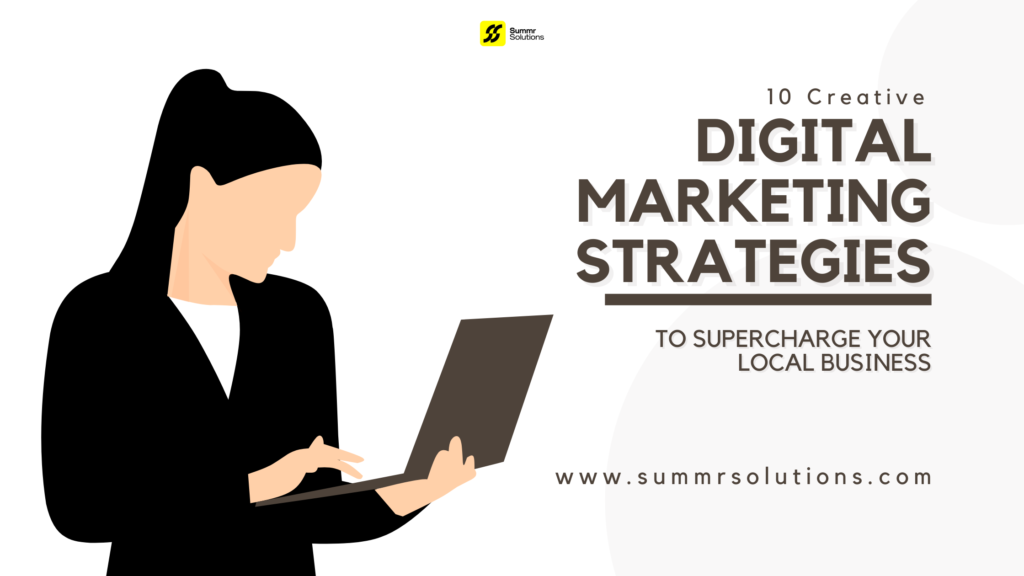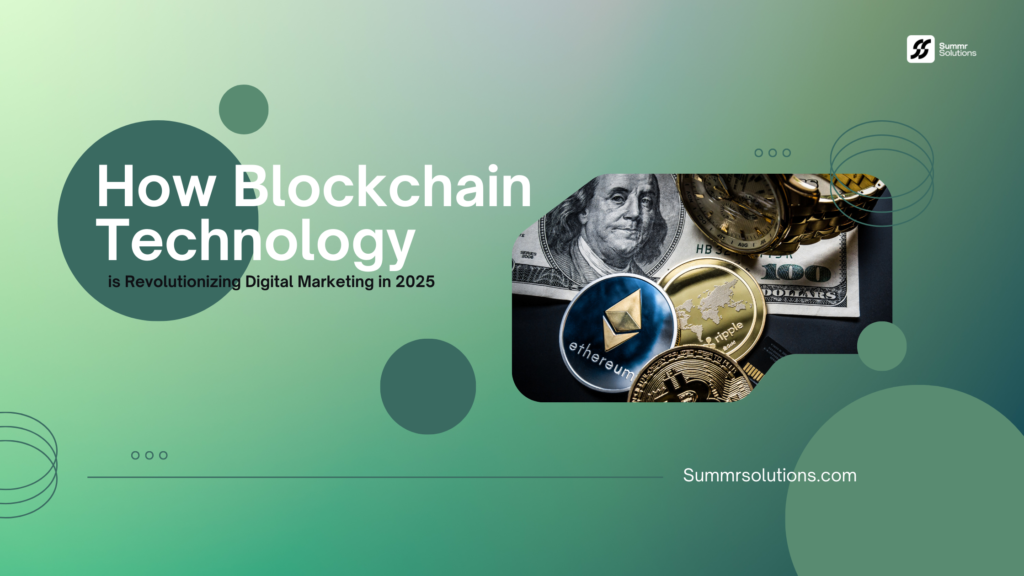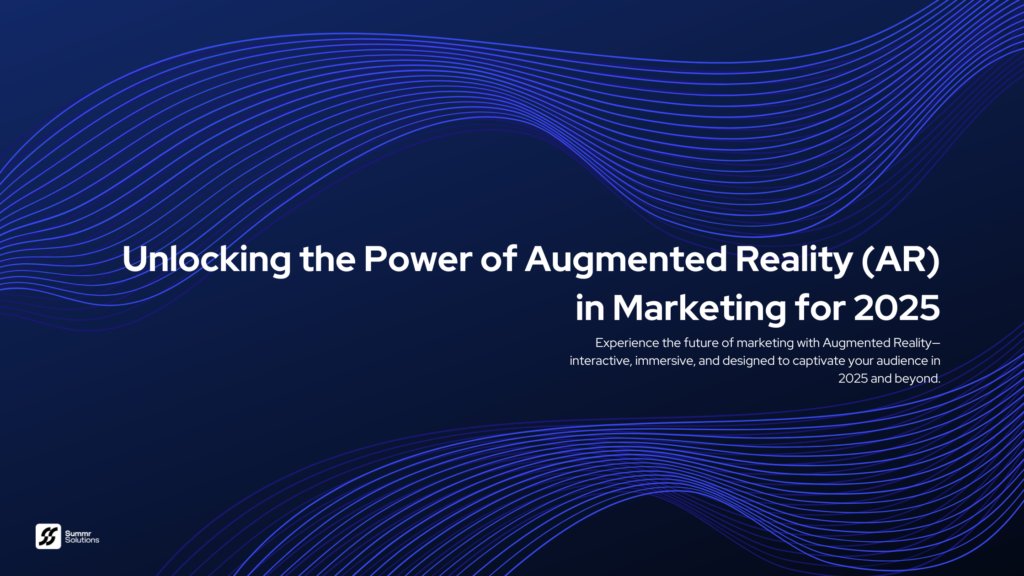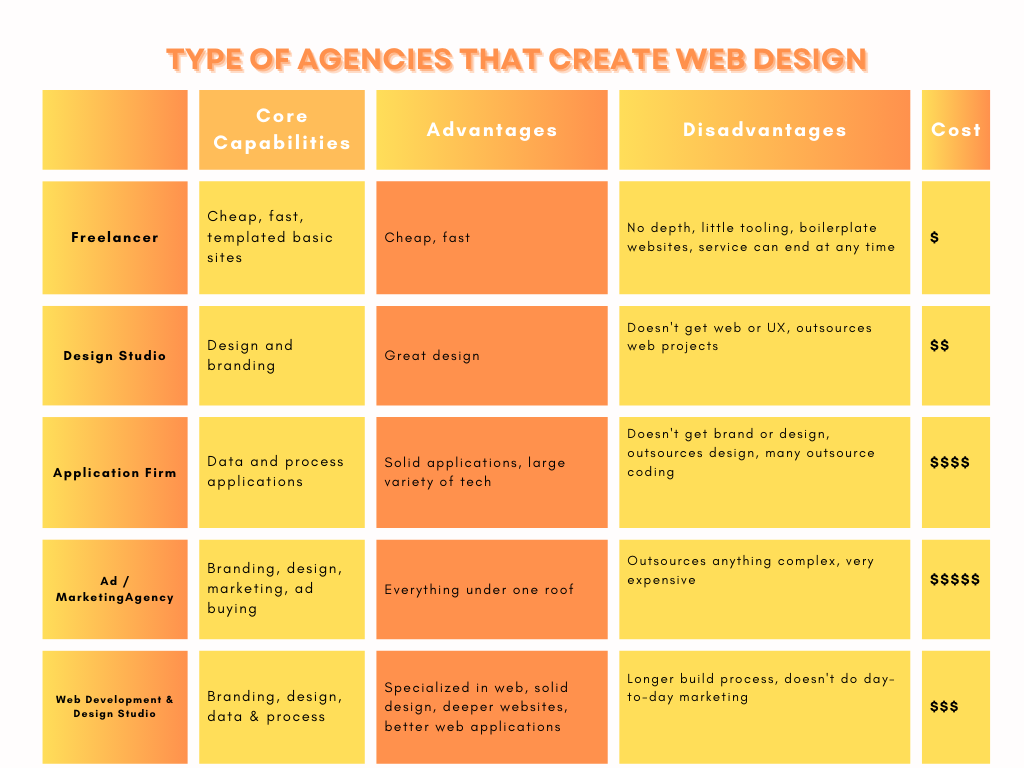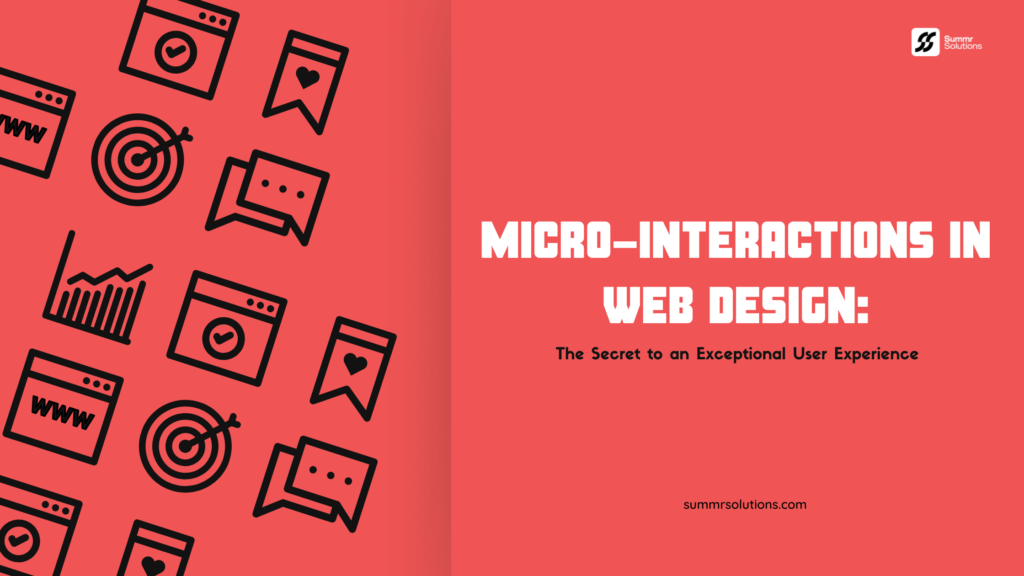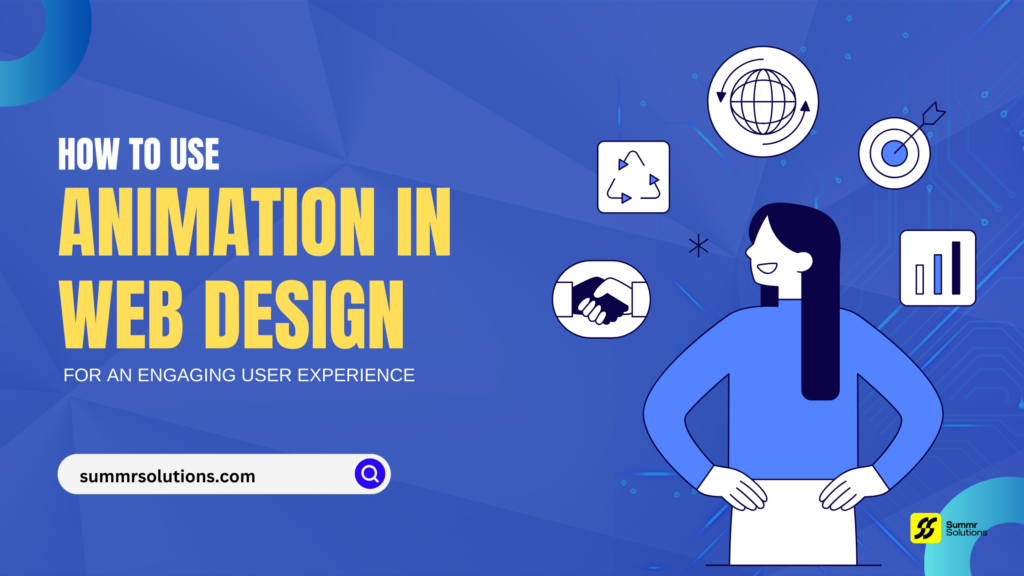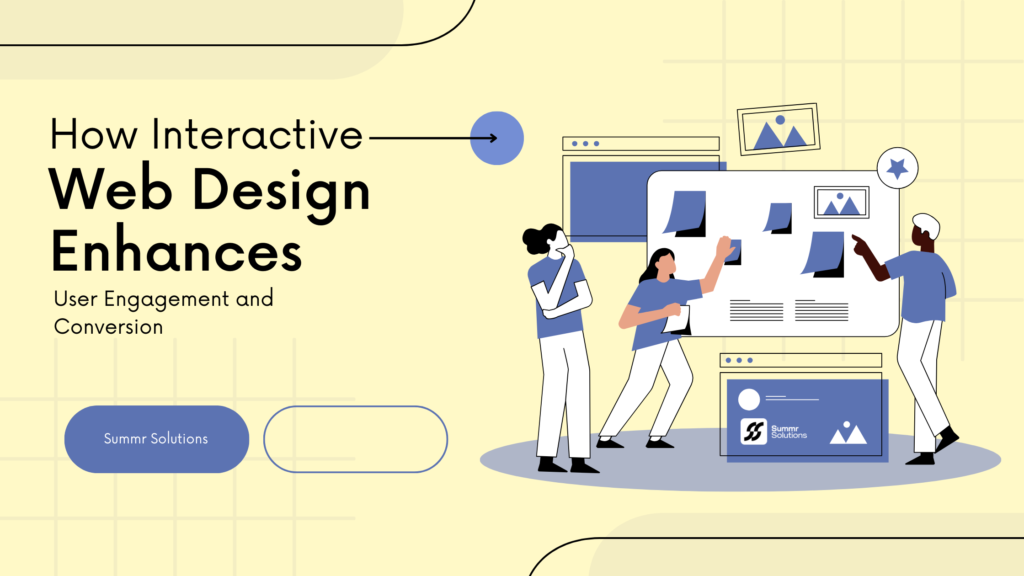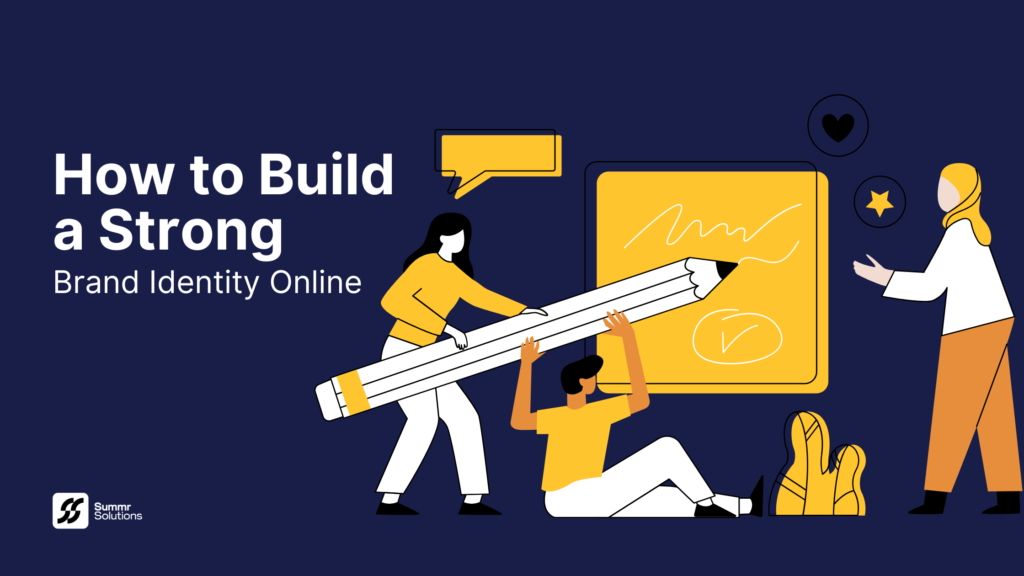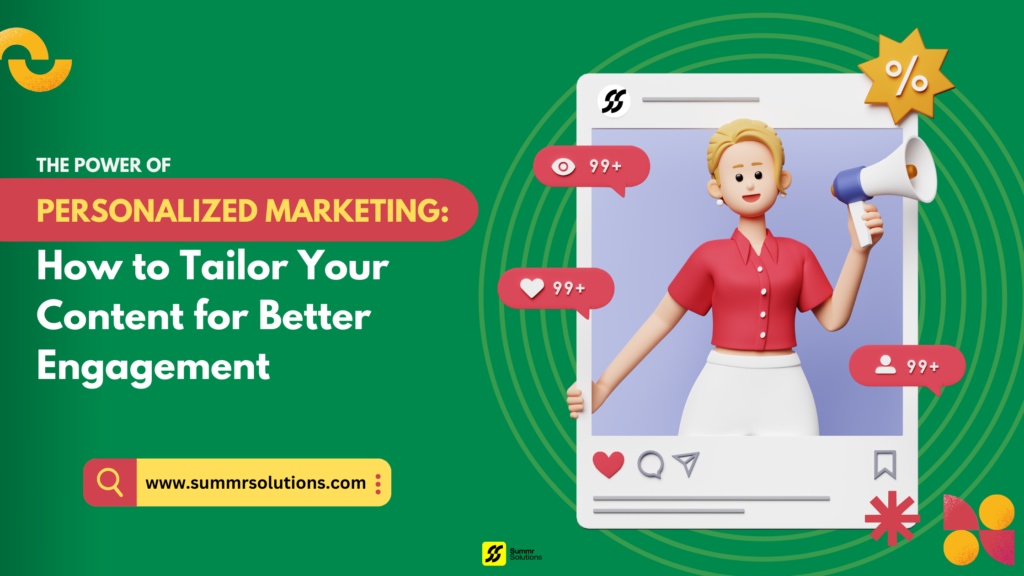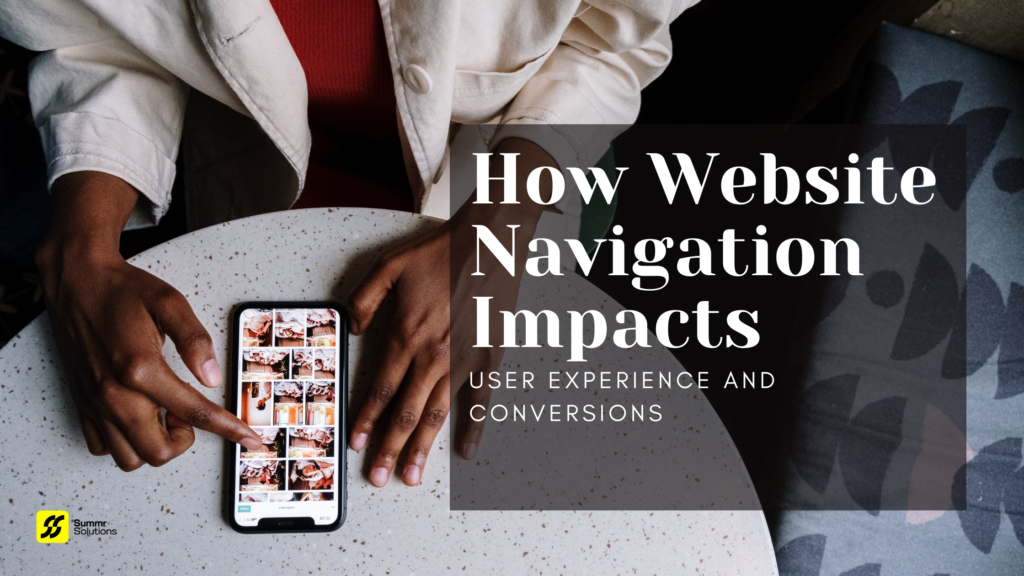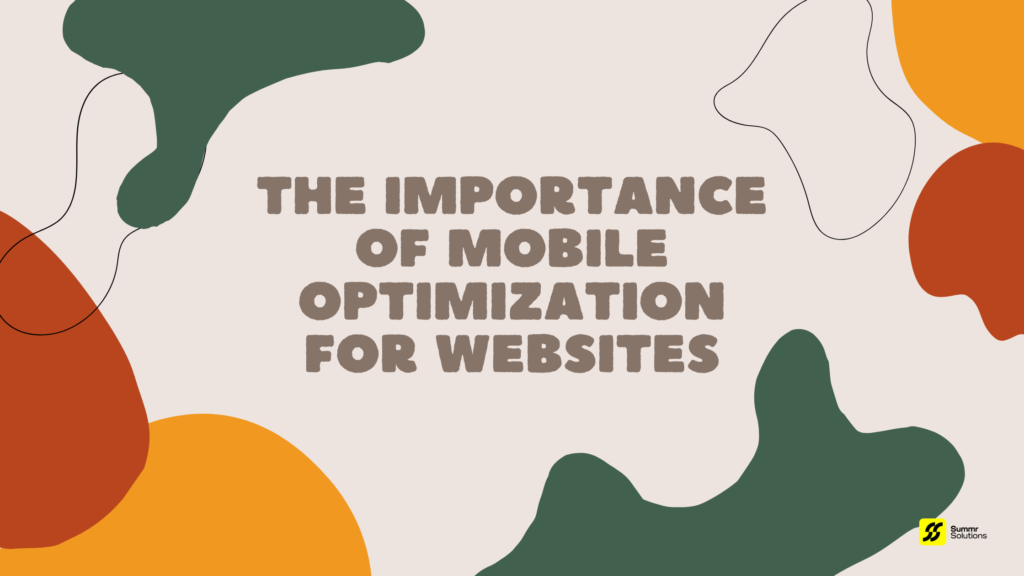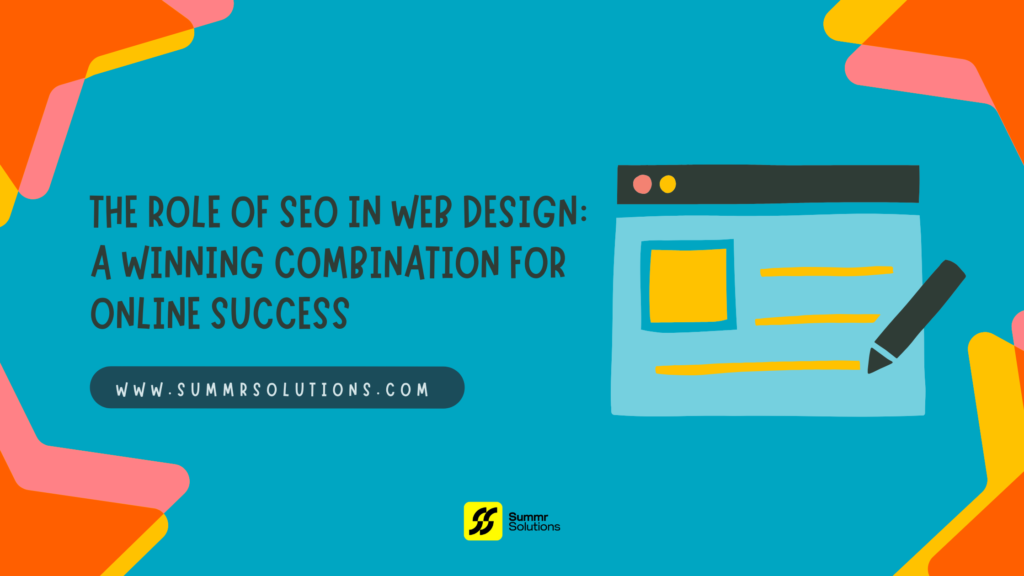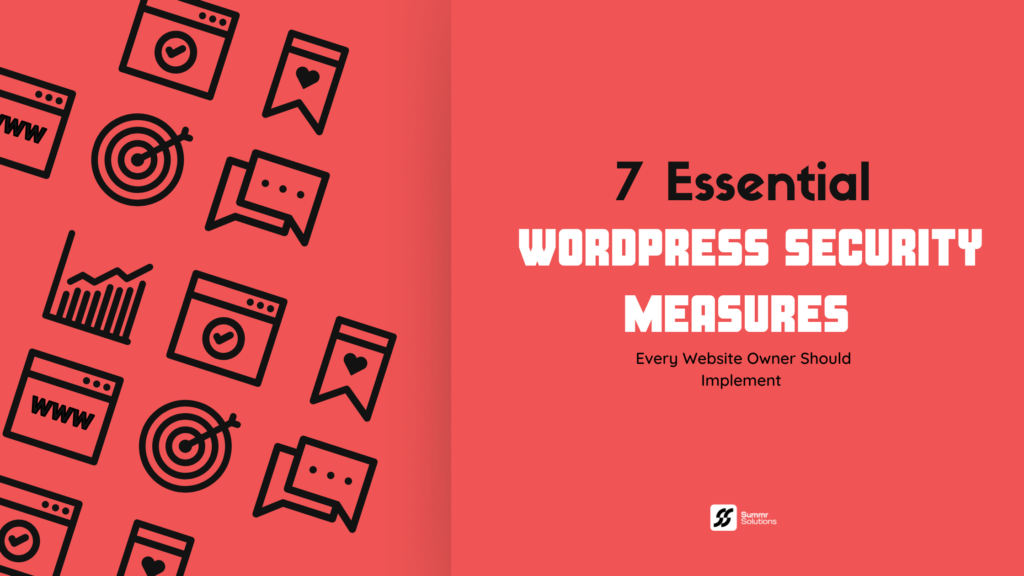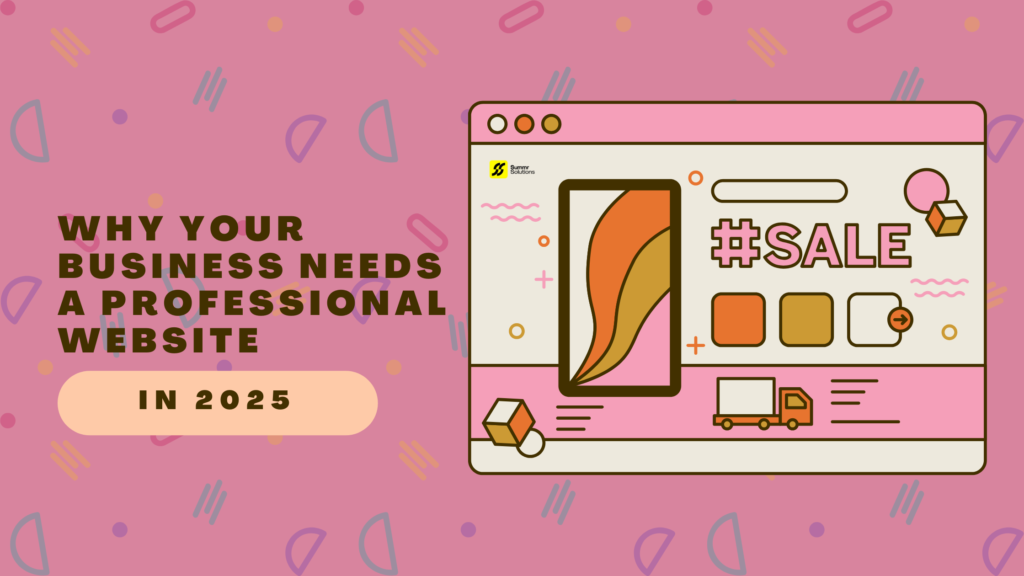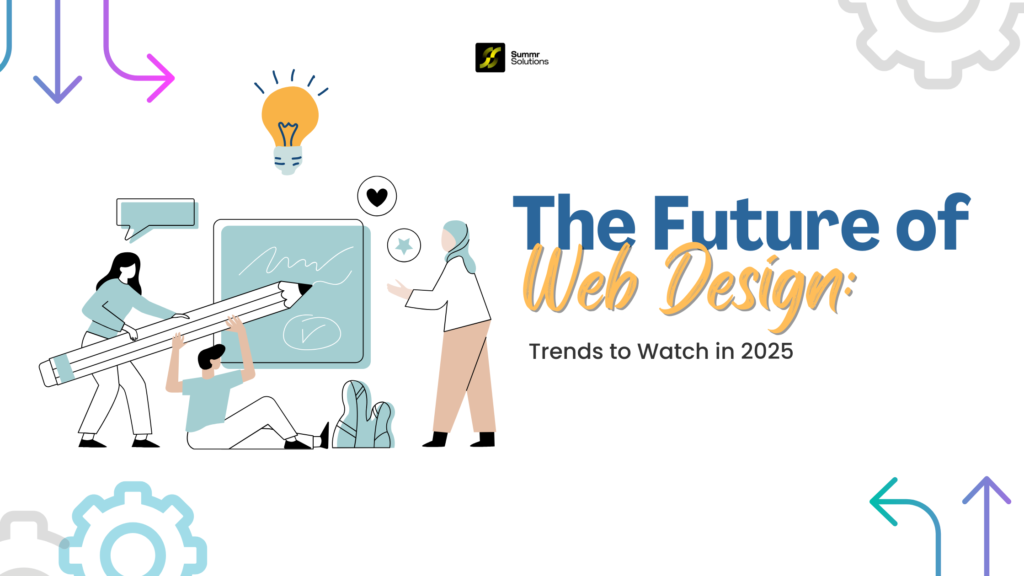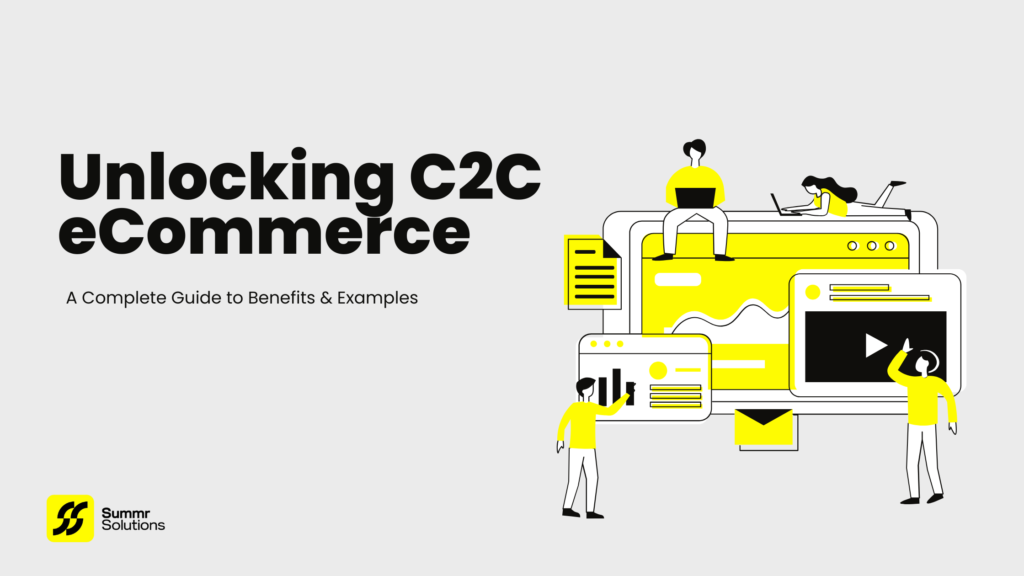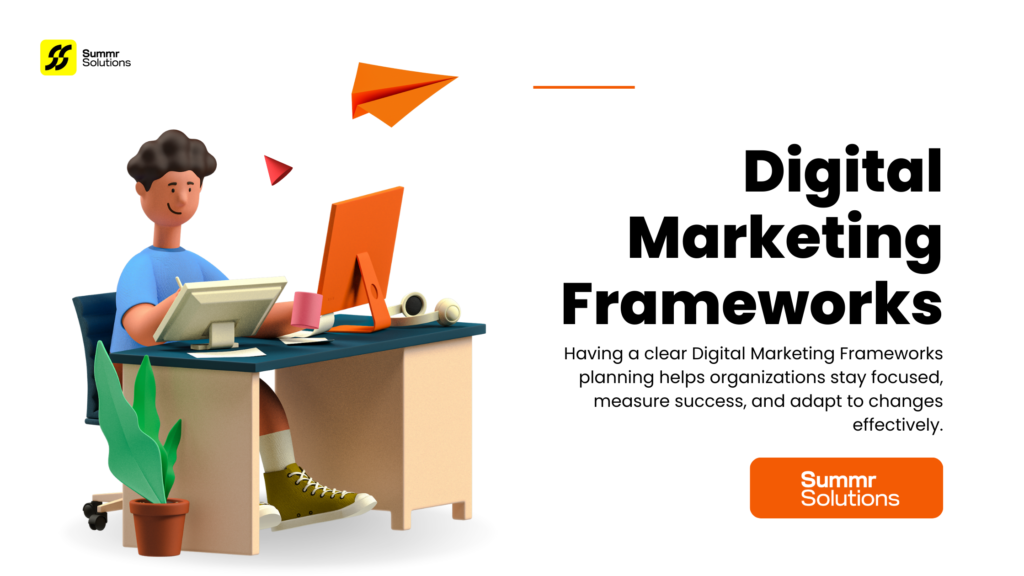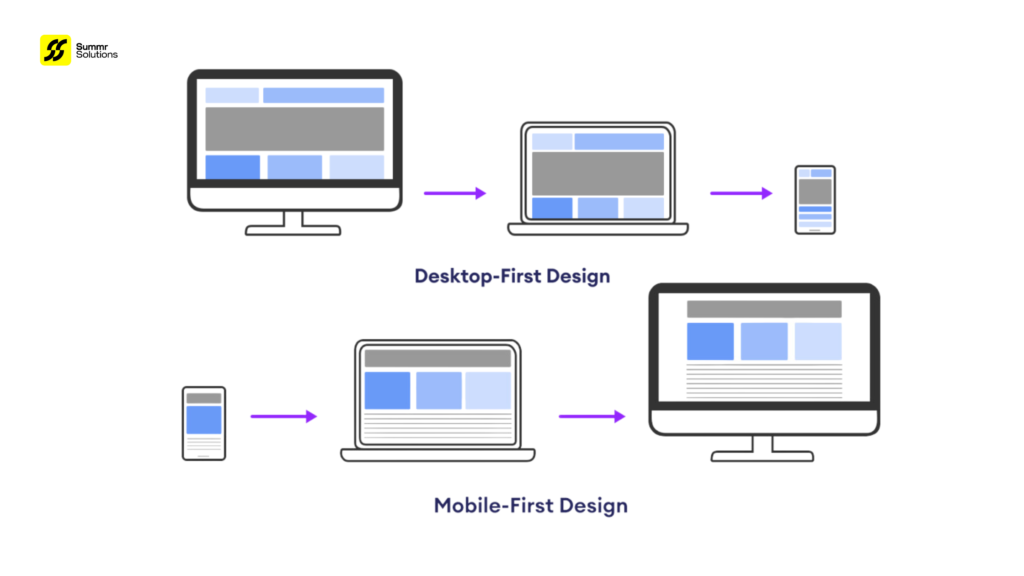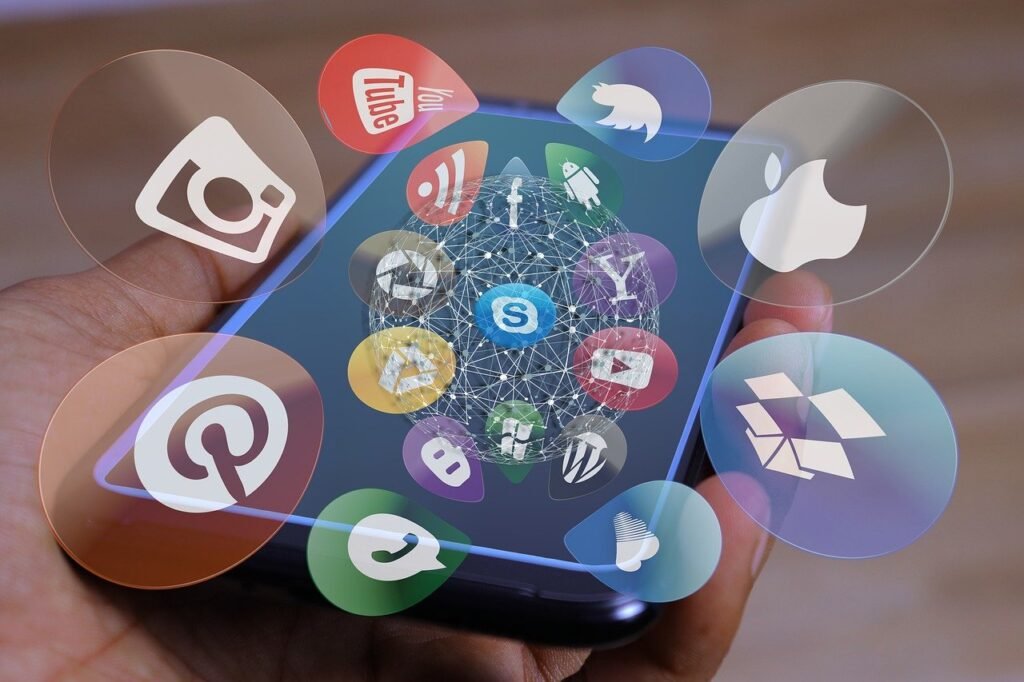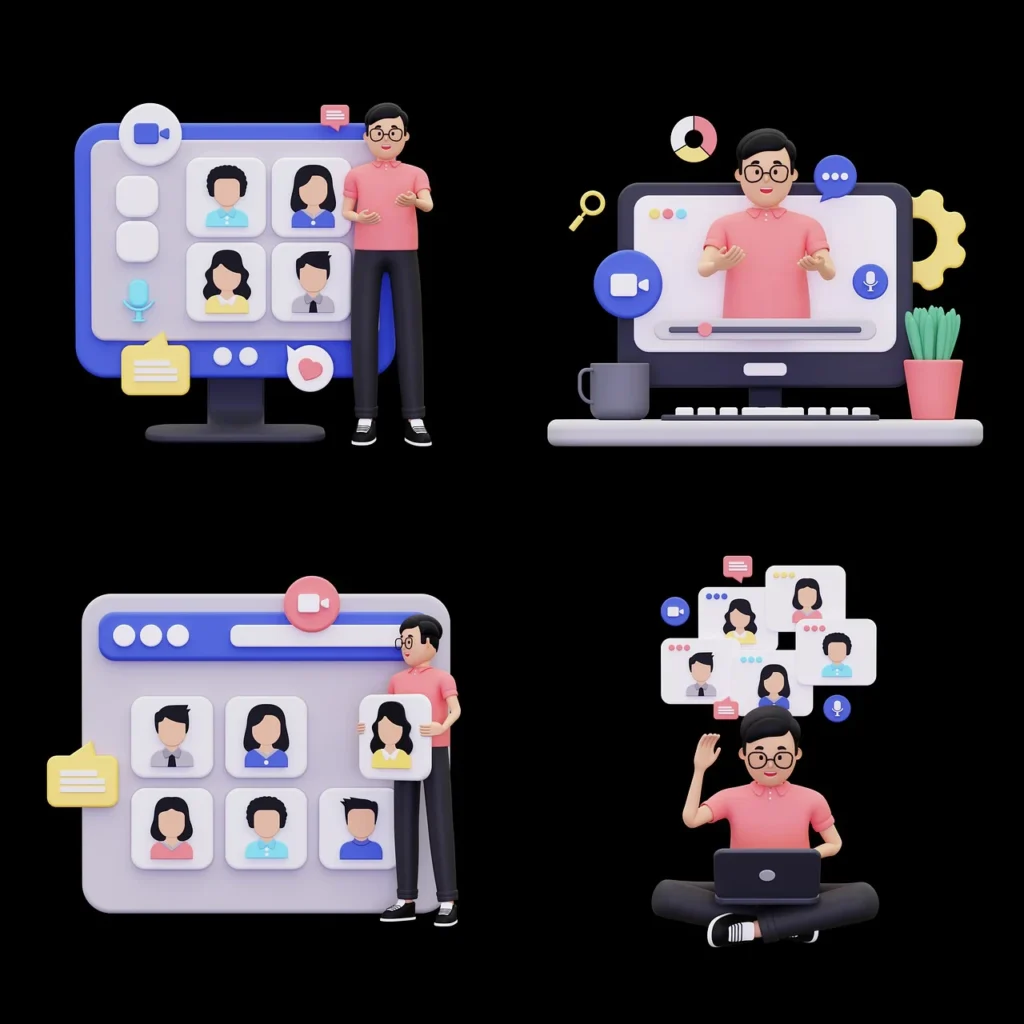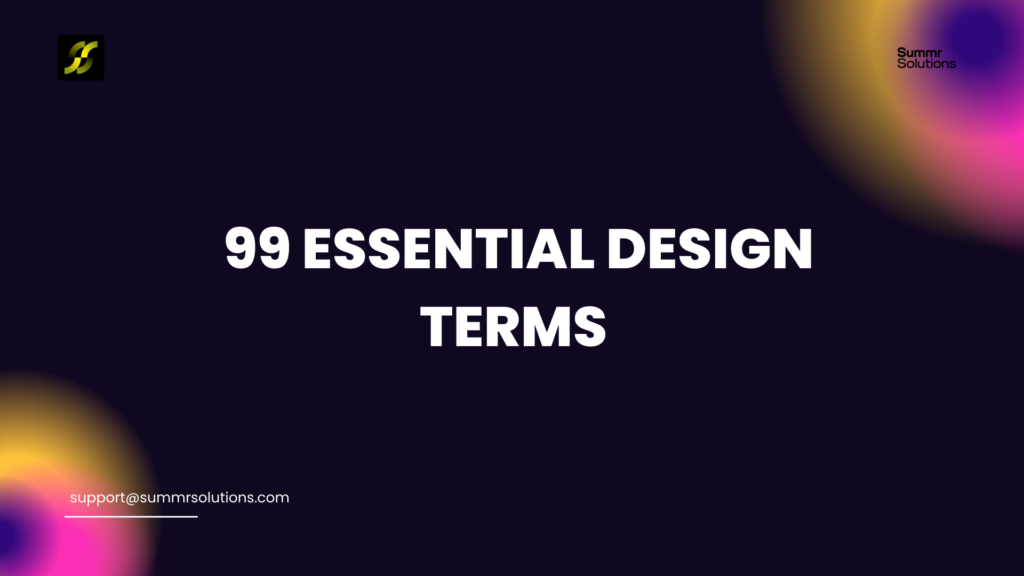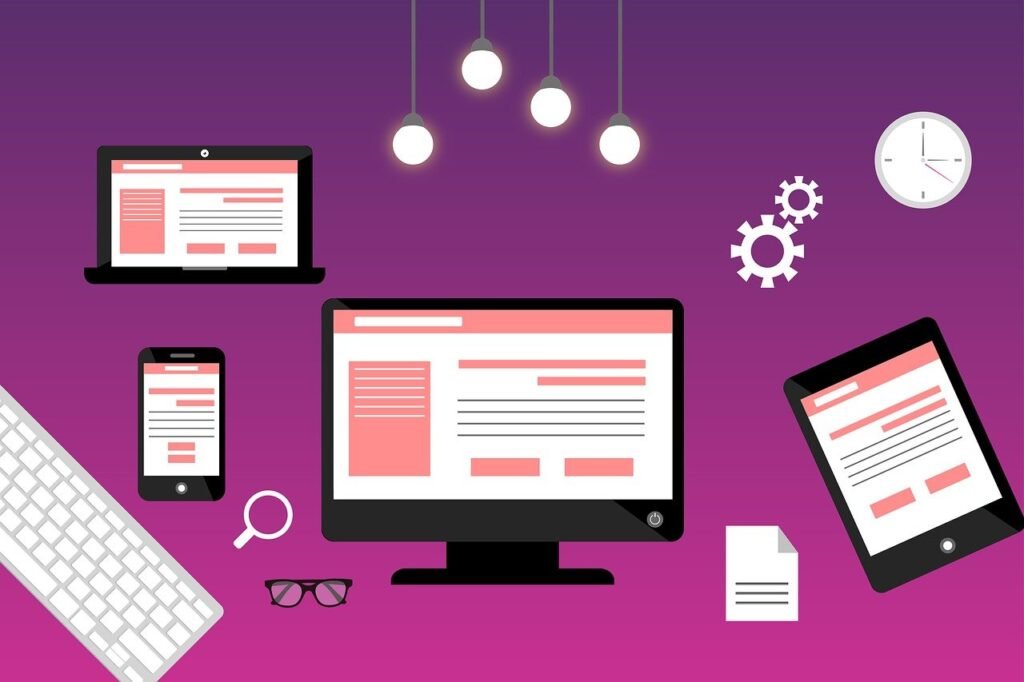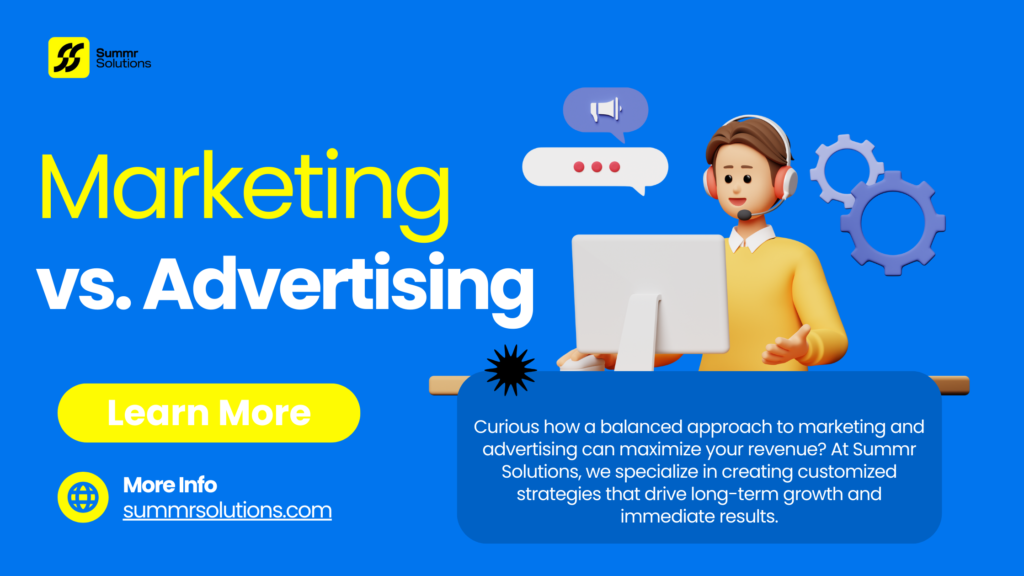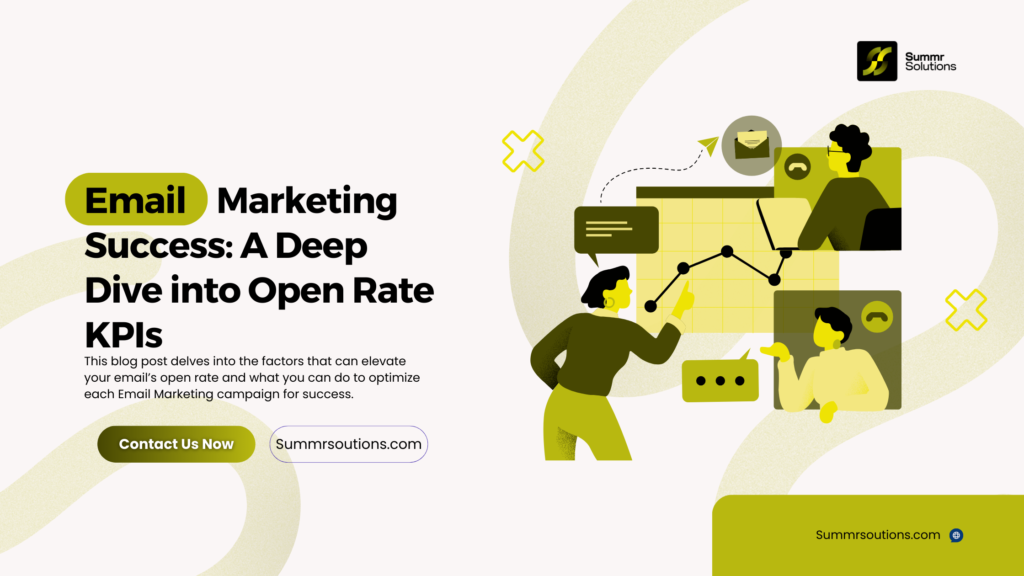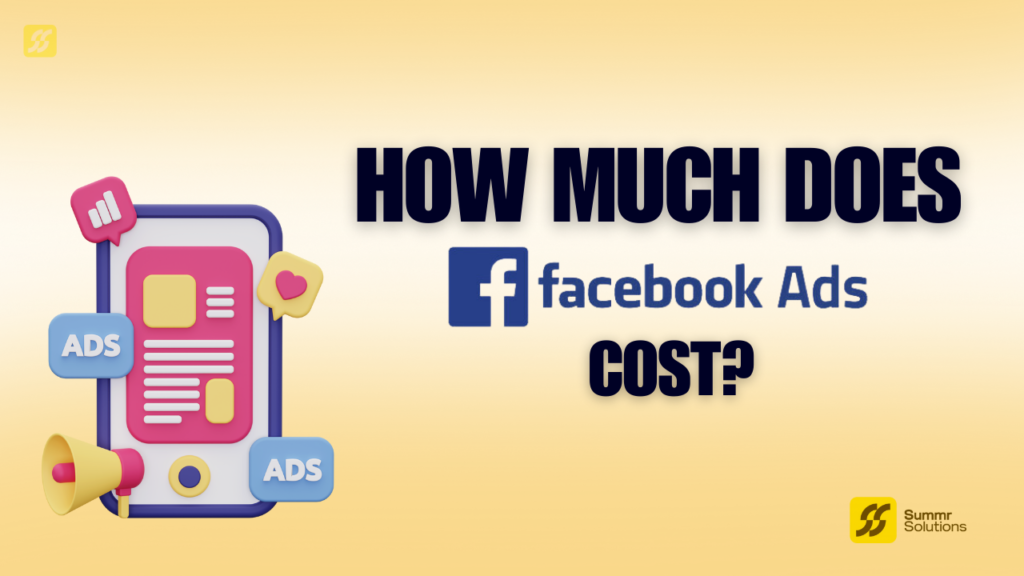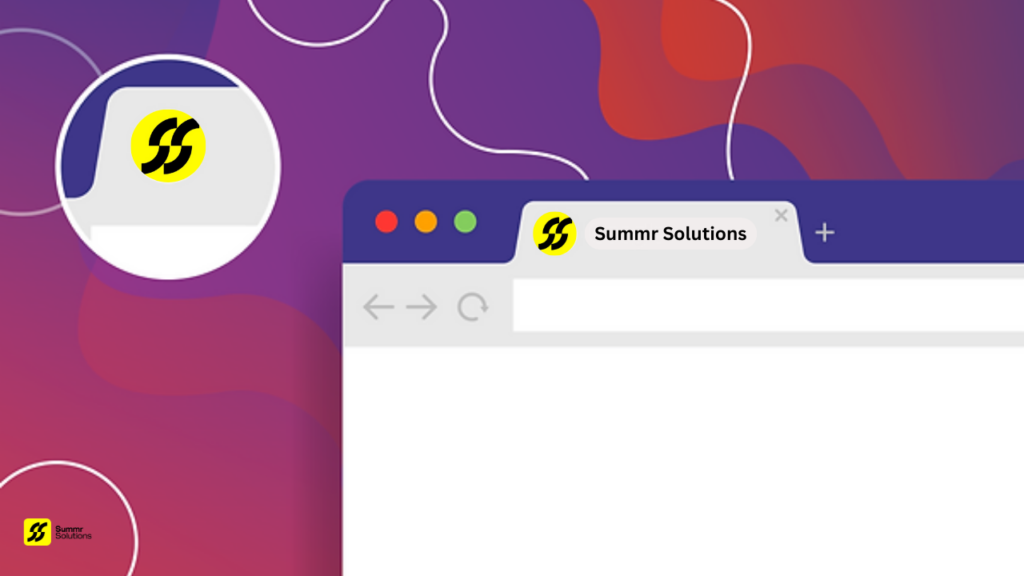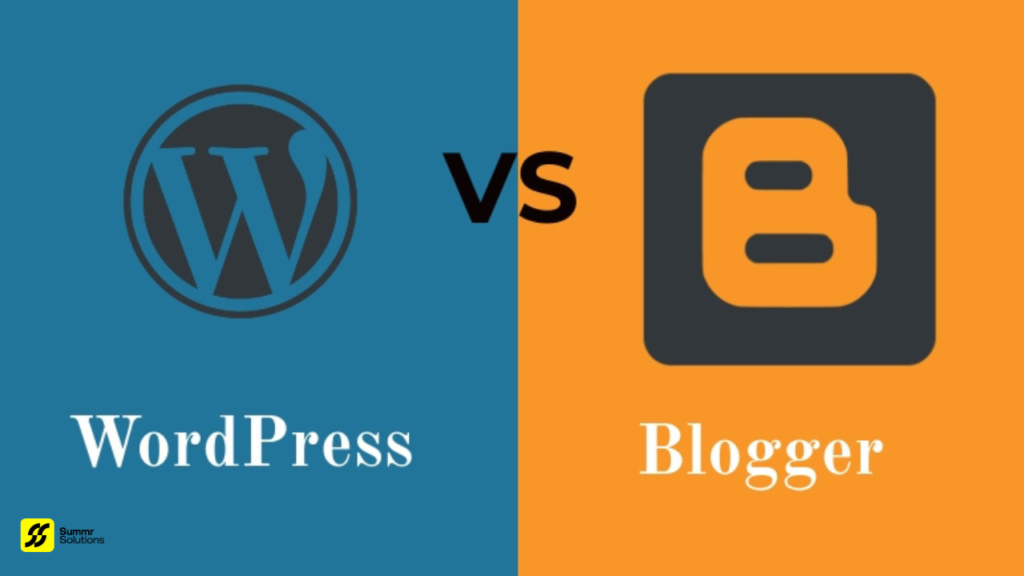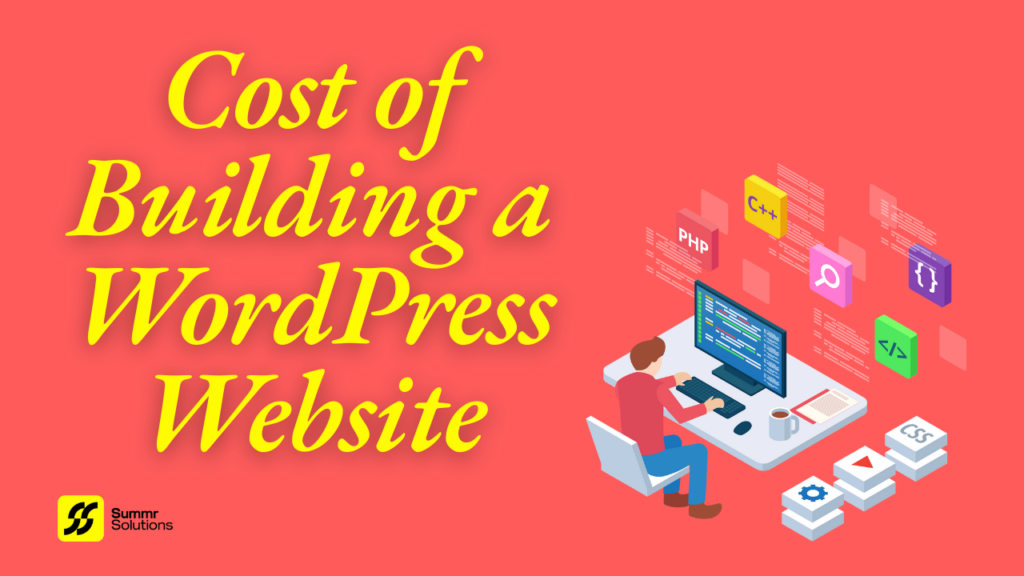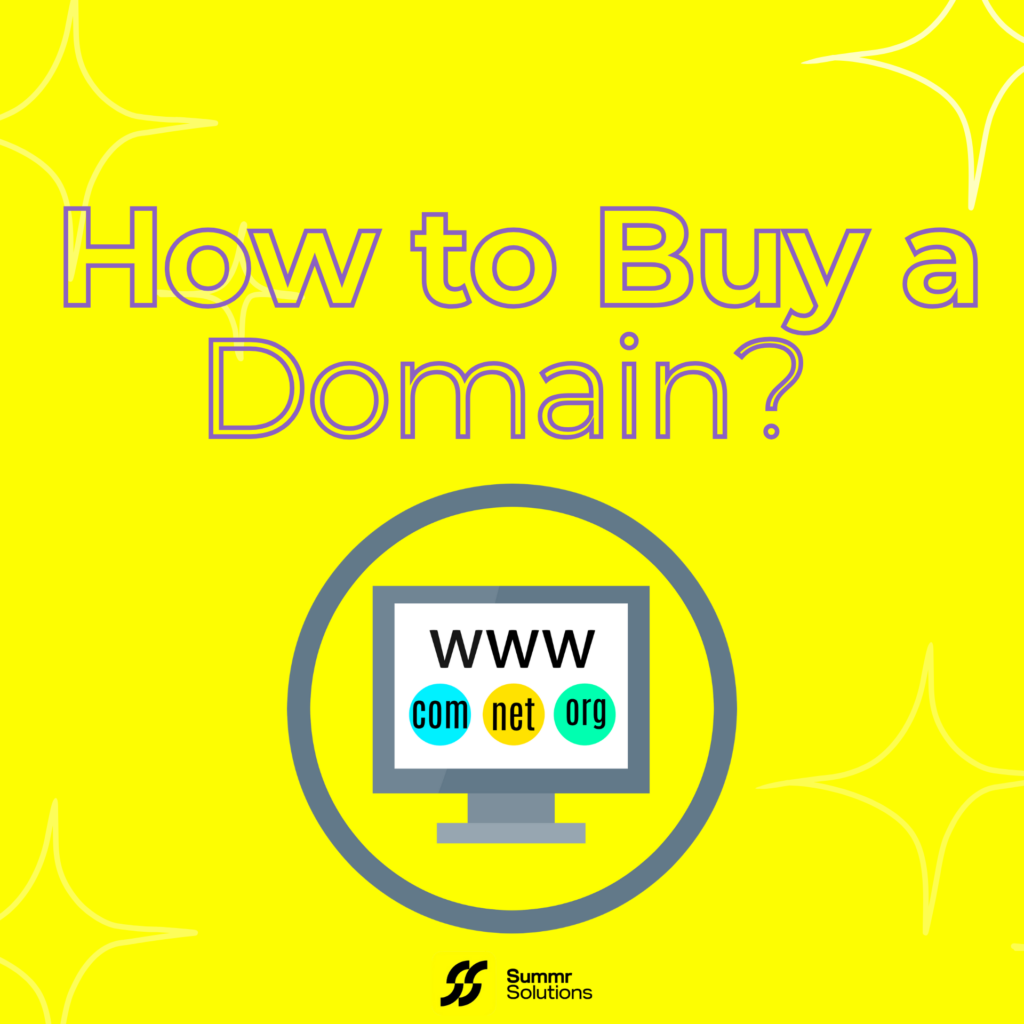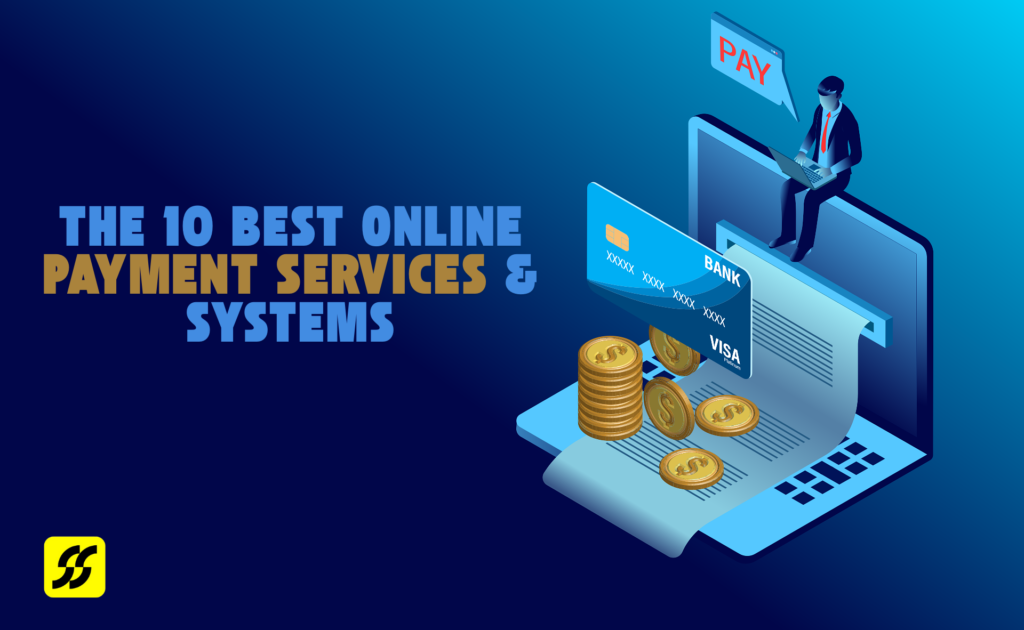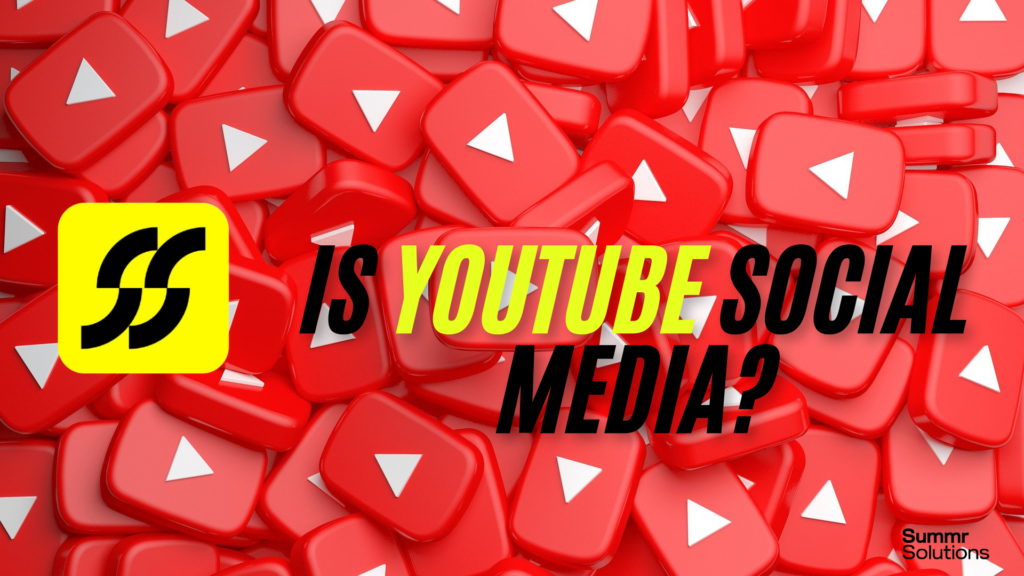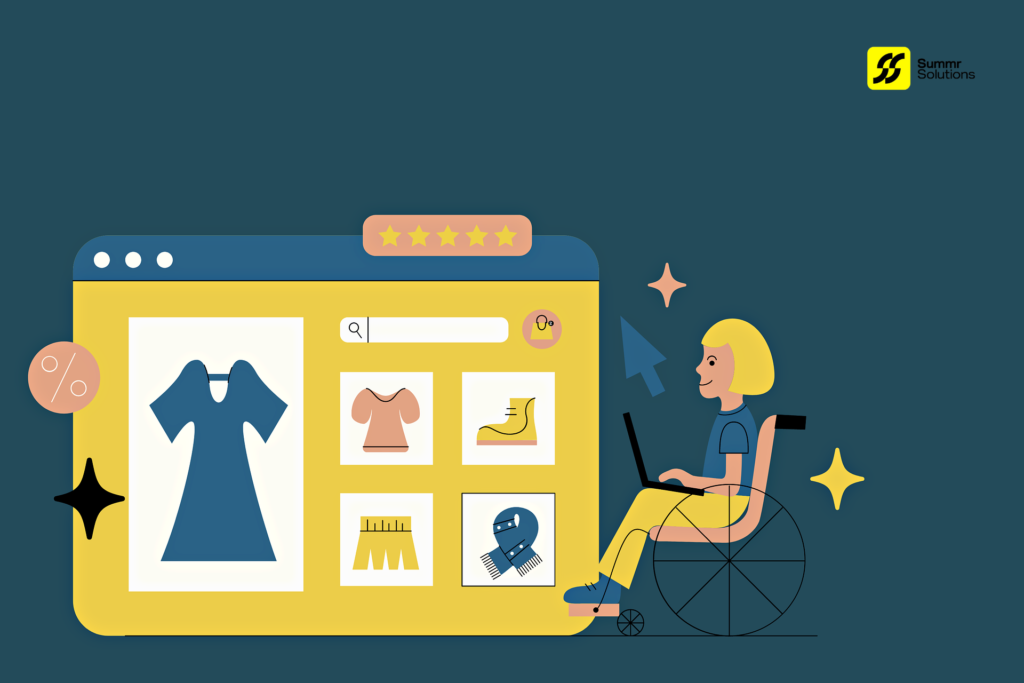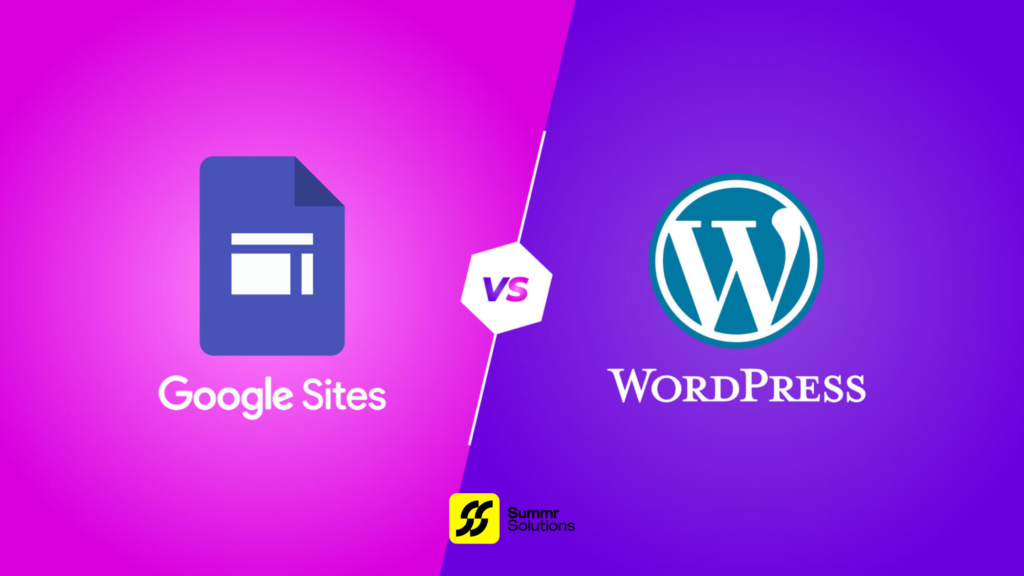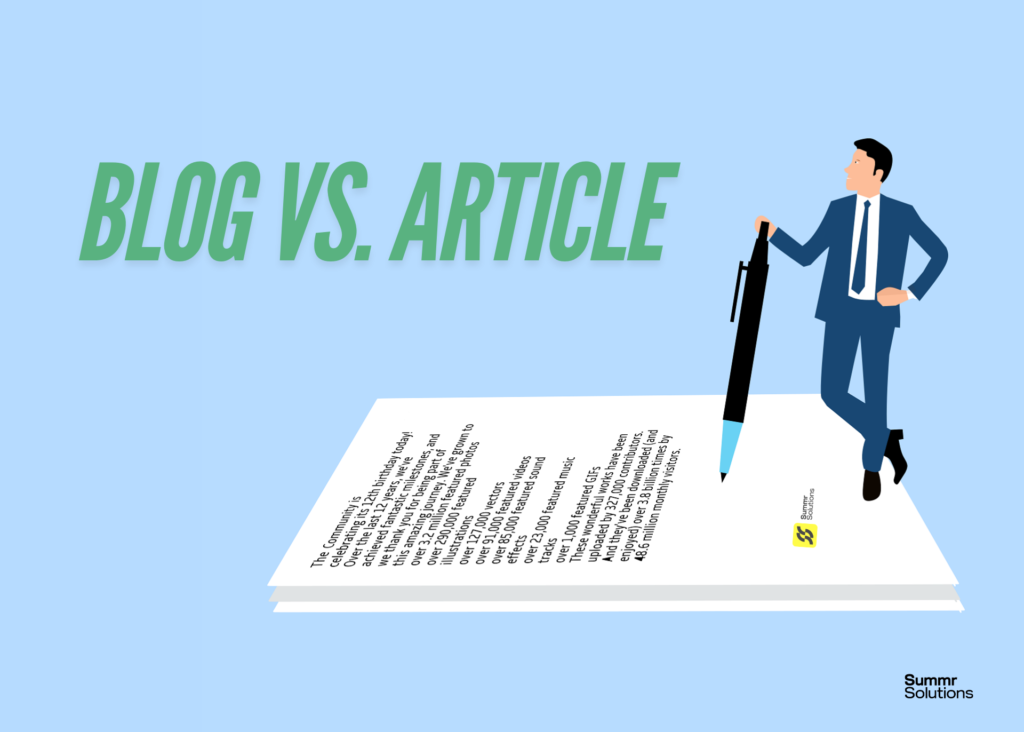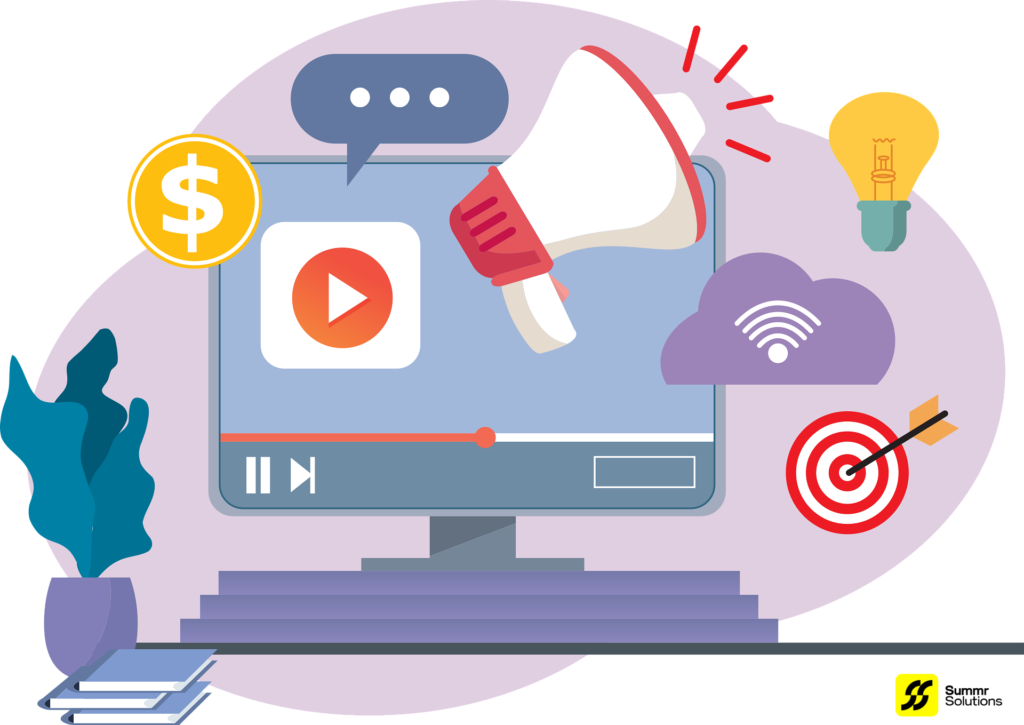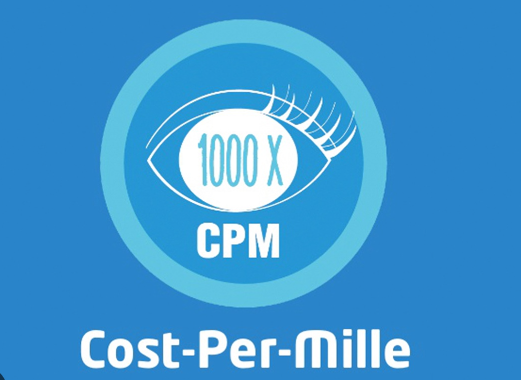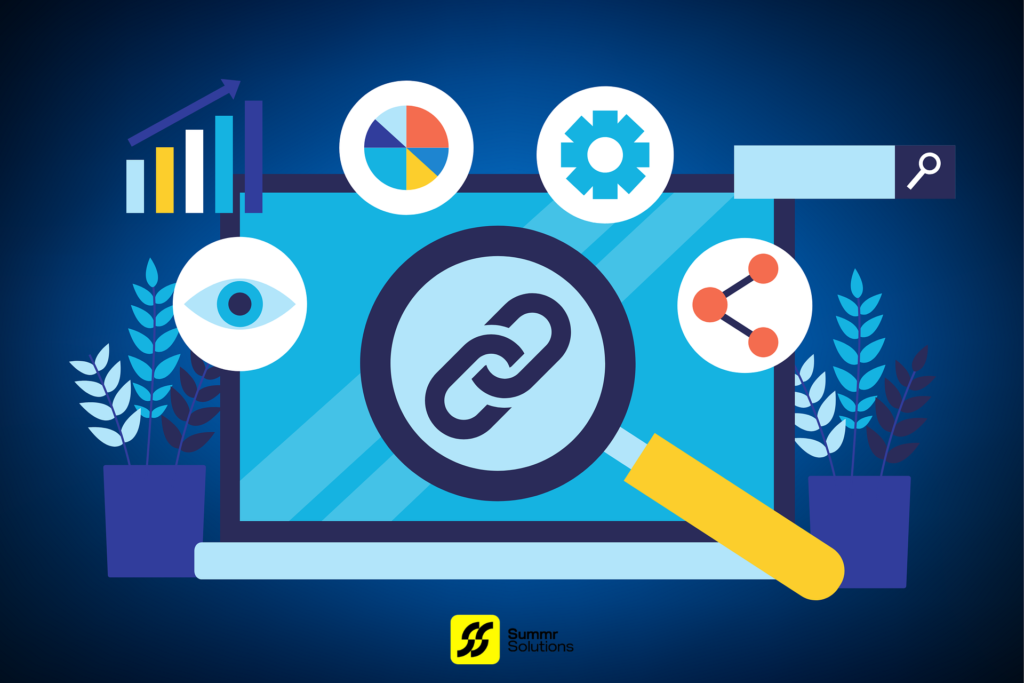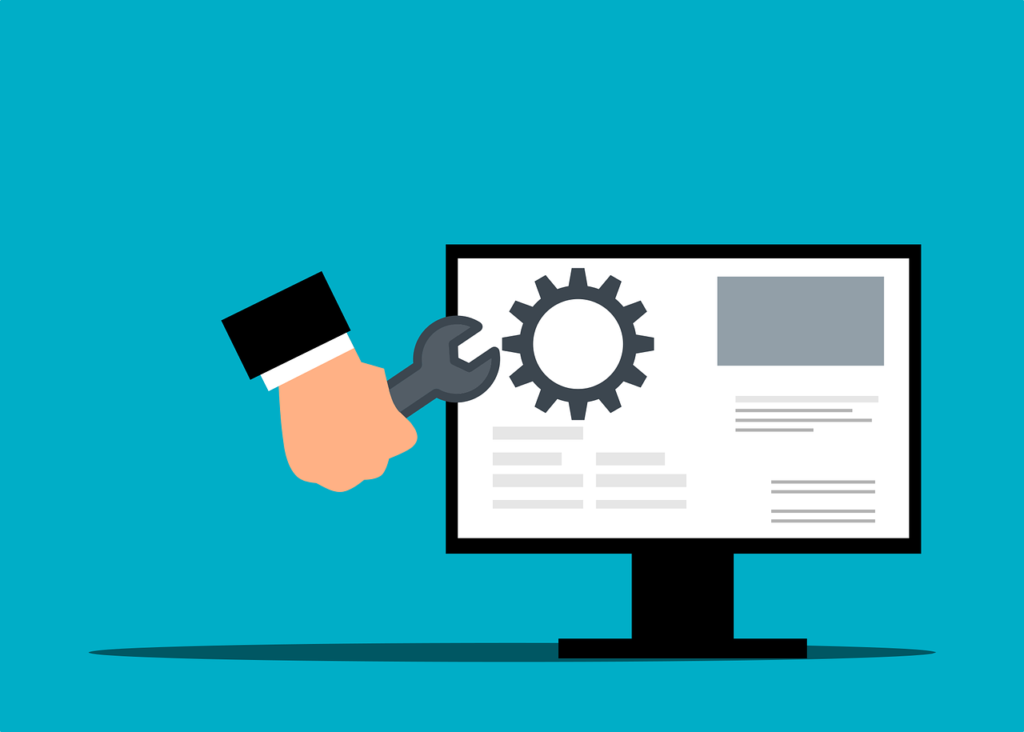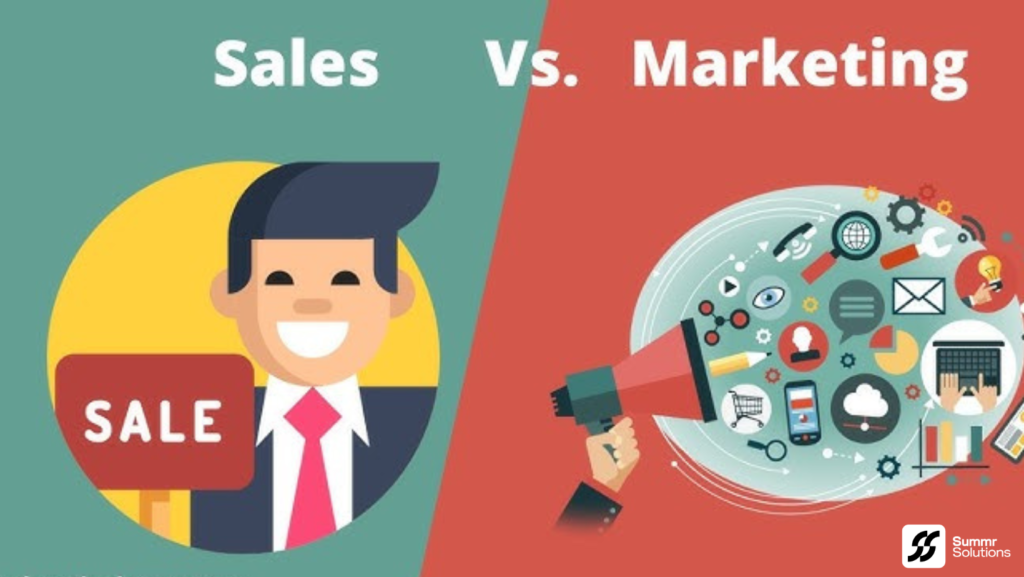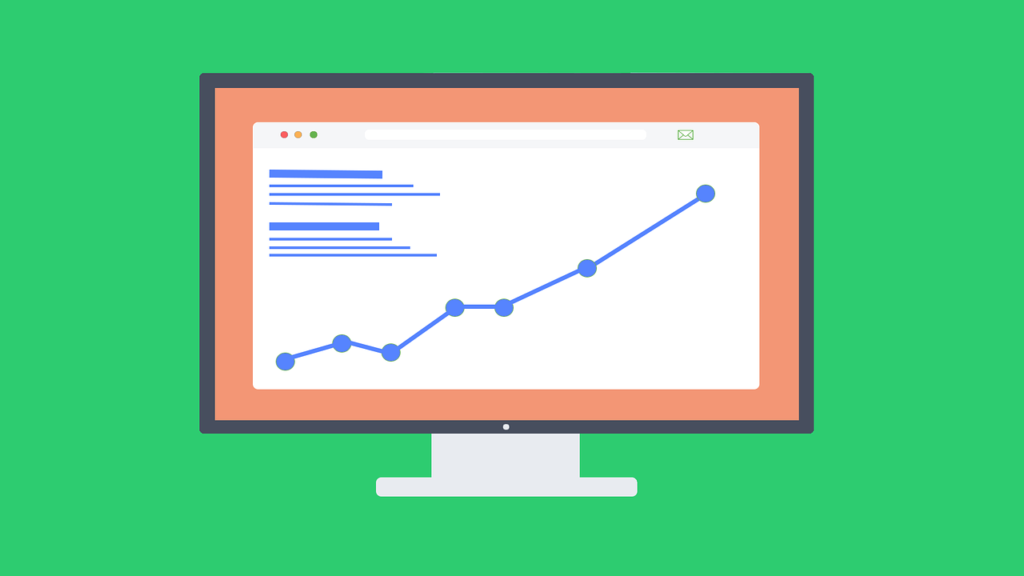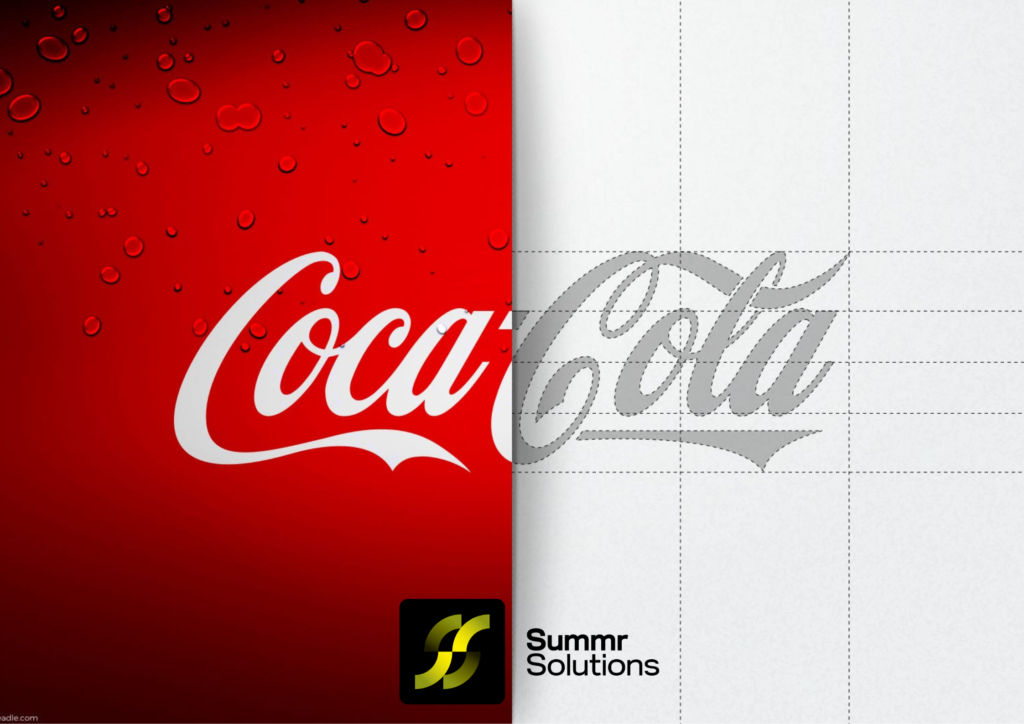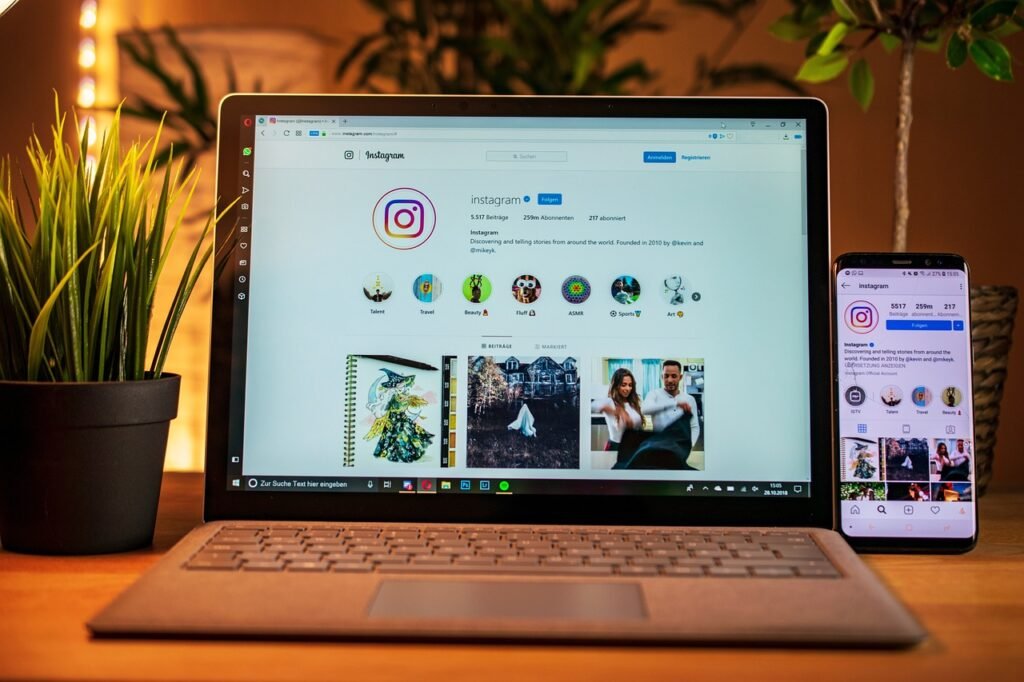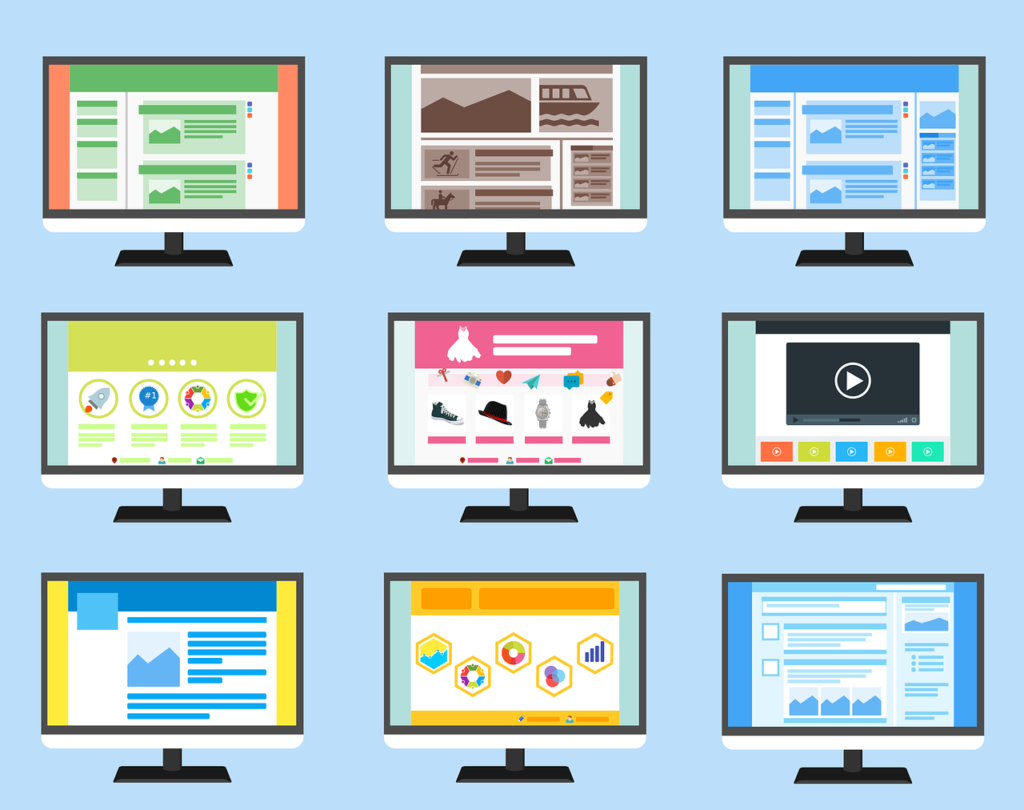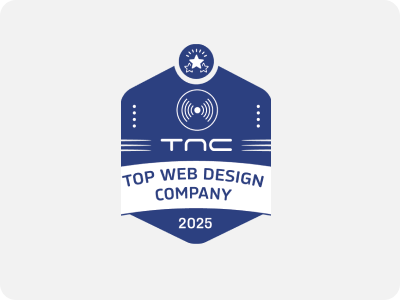Micro-interactions are the unsung heroes of modern web design. These subtle, yet impactful, design elements help improve user experience, engagement, and conversion rates by providing instant feedback and enhancing usability.
In this article, we’ll explore the role of micro-interactions in web design, their types, benefits, and how you can use them to transform your website into a seamless and user-friendly platform.
What Are Micro-Interactions?
Micro-interactions are small design elements that trigger a response when a user performs a specific action. They act as visual feedback that acknowledges a user’s interaction with a website, app, or digital product.
Examples include:
- A heart icon filling up when you “like” a post.
- A button changing color when clicked.
- A subtle vibration when pressing a mobile action button.
Although micro-interactions are small, they play a massive role in improving the overall user journey.
The Four Phases of Micro-Interactions
Understanding how micro-interactions work is essential for implementing them effectively. Each micro-interaction follows four phases:
- Trigger: An action or event that starts the interaction (e.g., clicking a button or scrolling).
- Rules: Determine what happens after the interaction. For example, a button changes color when clicked.
- Feedback: Visual, audio, or tactile confirmation of the action (like a loading spinner).
- Loop and Mode: Decide if the micro-interaction repeats or remains static.
Why Micro-Interactions Are Crucial for Modern Web Design
1. Enhancing User Engagement
Micro-interactions encourage users to explore your website further. Small design cues such as hover effects, animated buttons, or progress bars can keep users engaged longer.
Example: A progress bar showing how much content remains encourages users to keep reading, improving session duration.
2. Improving Website Navigation
Micro-interactions help simplify navigation by offering visual cues that guide users through your website. Whether it’s a sticky navigation bar that highlights menu items as you scroll or tooltips that provide additional information, they enhance usability.
Tip: Use smooth hover animations on menu buttons to show users what section they’re interacting with.
3. Providing Instant Feedback
Users want confirmation that their actions were successful. Micro-interactions provide real-time feedback, which reassures users and improves satisfaction.
Example: A contact form shows a success animation after submission, reducing user frustration and uncertainty.
Types of Micro-Interactions to Use in Web Design
1. Hover Effects
Hover effects engage users when they interact with elements like buttons, links, or images. They add interactivity and make your site feel more responsive.
2. Loading Animations
Dynamic loading animations entertain or inform users while they wait, reducing perceived wait times.
3. Scroll Animations
Animations triggered by scrolling add visual interest and enhance storytelling, like text fades or parallax effects.
4. Button Animations
Animated buttons encourage clicks and guide users toward desired actions, perfect for CTAs.
5. Form Validation Cues
Real-time validation cues—like green checkmarks or red warnings—simplify the user experience and reduce frustration.
Best Practices for Designing Effective Micro-Interactions
To maximize the impact of micro-interactions:
- Keep It Simple: Subtlety is key—avoid overwhelming users with flashy animations.
- Focus on Functionality: Ensure micro-interactions improve navigation, feedback, or conversions.
- Prioritize Performance: Use lightweight code to avoid slowing down your site.
- Stay On-Brand: Align animations and design cues with your brand identity.
How Micro-Interactions Impact Conversion Rates
Micro-interactions guide users toward conversion goals:
- Highlight CTAs to boost click-through rates.
- Reduce friction with form validation and success animations.
- Delight users with smooth interactions, increasing trust and conversions.
FAQs About Micro-Interactions in Web Design
1. What are some real-world examples of micro-interactions?
Real-world examples include:
- Facebook’s “Like” animation where the thumbs-up icon fills.
- A progress bar during a file upload.
- Buttons changing color when hovered over or clicked.
2. Do micro-interactions slow down website performance?
When implemented correctly using lightweight code, micro-interactions will not negatively impact your site speed. Ensure optimized animations and scripts for smooth performance.
3. How can micro-interactions improve user engagement?
Micro-interactions provide instant feedback and make the user experience more intuitive. For example, hover effects, tooltips, and animations grab attention and encourage further interaction.
4. Are micro-interactions suitable for all websites?
Yes! Whether you’re running a blog, e-commerce store, or SaaS platform, micro-interactions enhance usability, reduce friction, and improve conversions.
5. How do micro-interactions contribute to brand personality?
Micro-interactions reflect your brand tone. A sleek, minimal animation may suit a professional brand, while playful transitions align with a more fun, casual brand identity.
Conclusion
Micro-interactions might seem small, but their impact on user experience and conversions is significant. By enhancing engagement, improving navigation, and reflecting brand personality, they elevate your website from functional to exceptional.
If you’re ready to add micro-interactions to your web design strategy, Summr Solutions can help. Our design experts will craft a seamless, engaging experience tailored to your audience.
Contact us today to transform your website into a dynamic, user-friendly platform!

